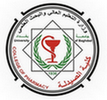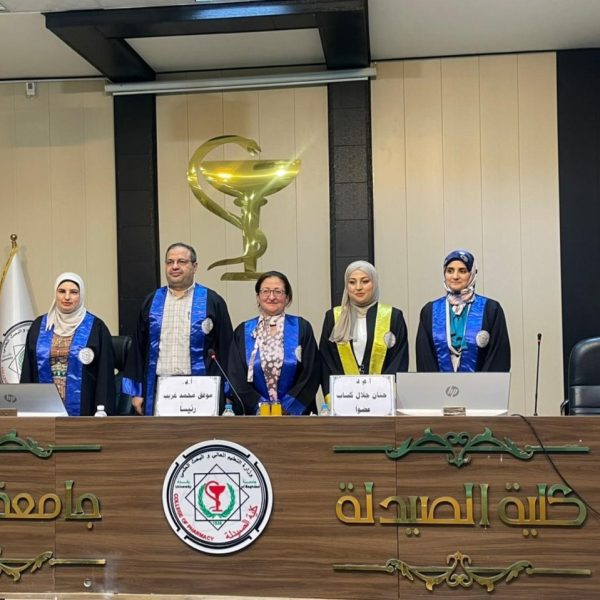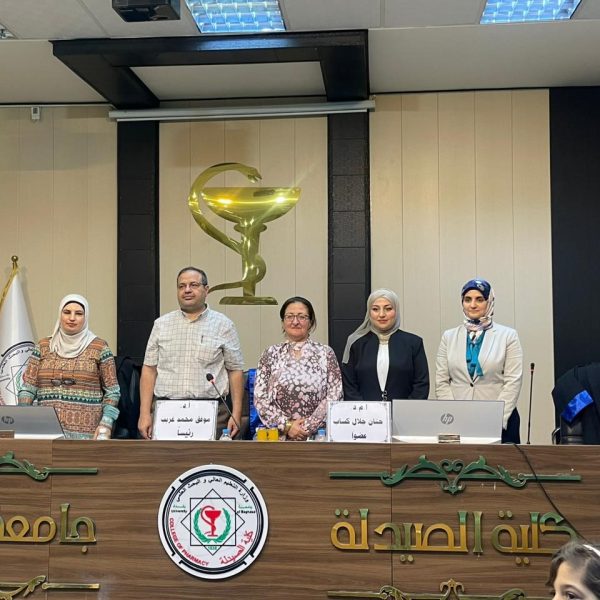The College of Pharmacy discussed the PhD dissertation entitled ” Formulation and Evaluation of Bilastine Solid Dispersion as Oral Dosage Form “, by the student Mariam Hamid Ali and her supervisor, Dr. Kawther Khalid Ahmed, at the Pharmaceutics Department. The objectives of the study were to improve BLS solubility and dissolution rate by preparing it as solid dispersion (SD) using two different methods: solvent evaporation and kneading with different hydrophilic carriers, including poloxamers (188 and 407), polyethylene glycol (PEG 6000), polyvinyl pyrrolidone (PVP K30), Soluplus , and urea. The optimum SD formula was incorporated into two oral dosage forms: oral dispersible tablets and effervescent granules, and different factors have been evaluated. The results indicated that the best solid dispersion formula was the one formulated with PVP K30 at a 1:15 ratio by the solvent evaporation method, which shows a 10.8-fold enhancement in the apparent solubility of BLS compared to pure drugs and a faster drug release of 89.2% in the first 10 minutes in phosphate buffer of pH 6.8.The thermal analysis by DSC and XRPD confirmed the conversion of the BLS drug in its optimum formula from crystalline to amorphous. Also, the FTIR stated that there was no interaction between the drug and the carrier used. The study concluded that formulating BLS as SD pertaining to its incorporation into oral dosage forms was a means to improve its solubility and dissolution. The study recommended conducting stability and bioavailability studies to further affirm the eligibility of the prepared formulation as a pharmaceutical dosage form.





